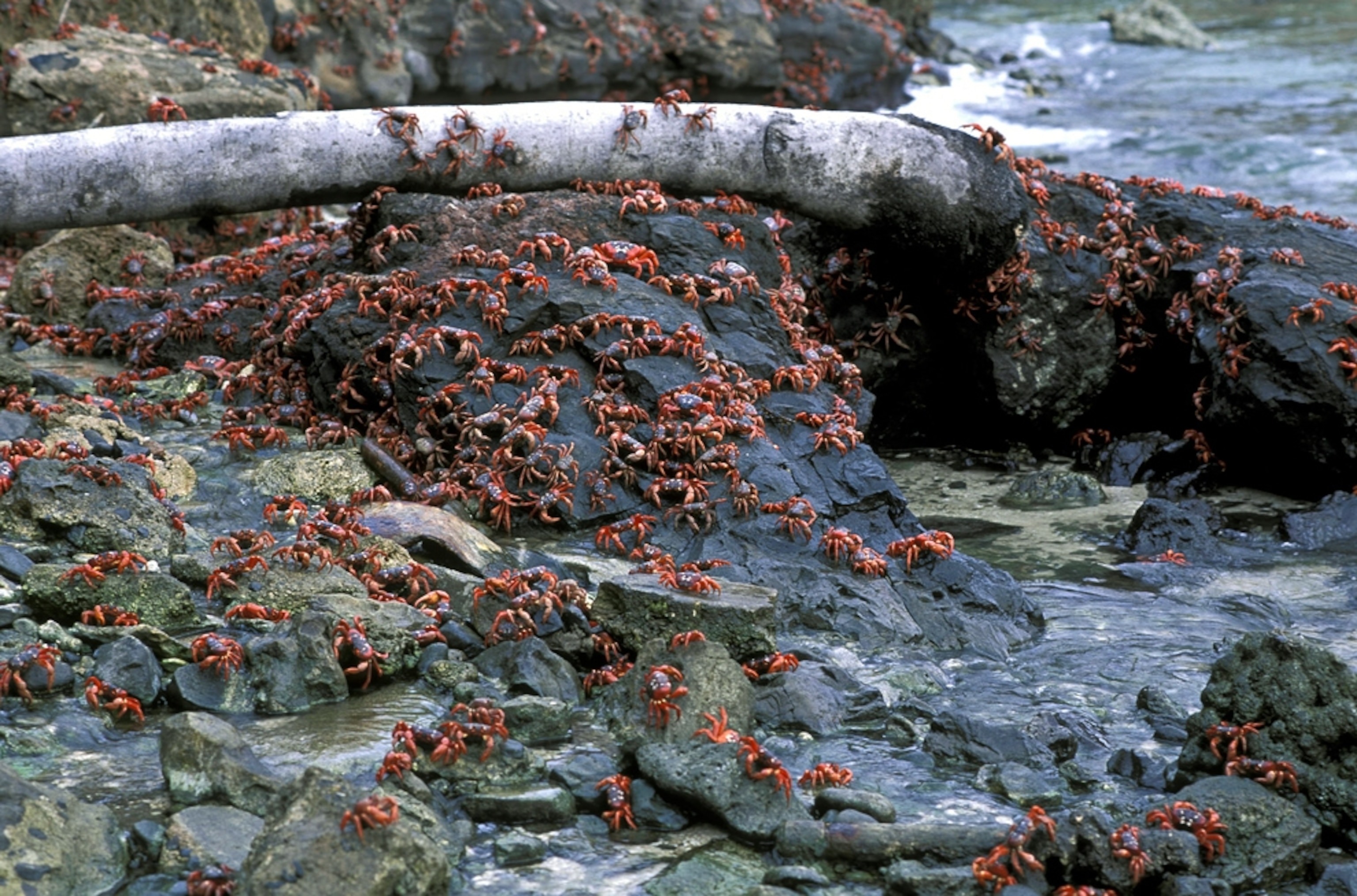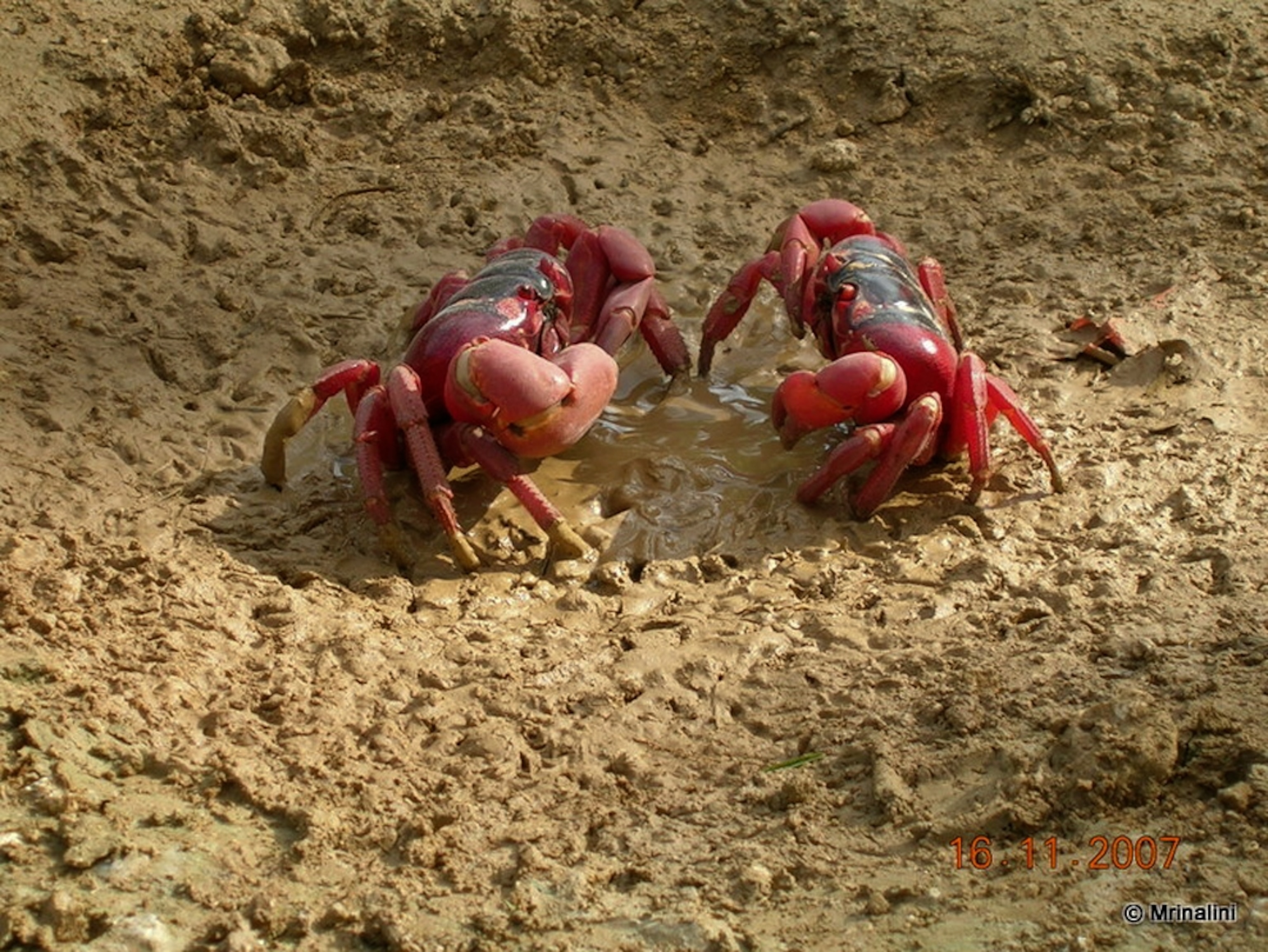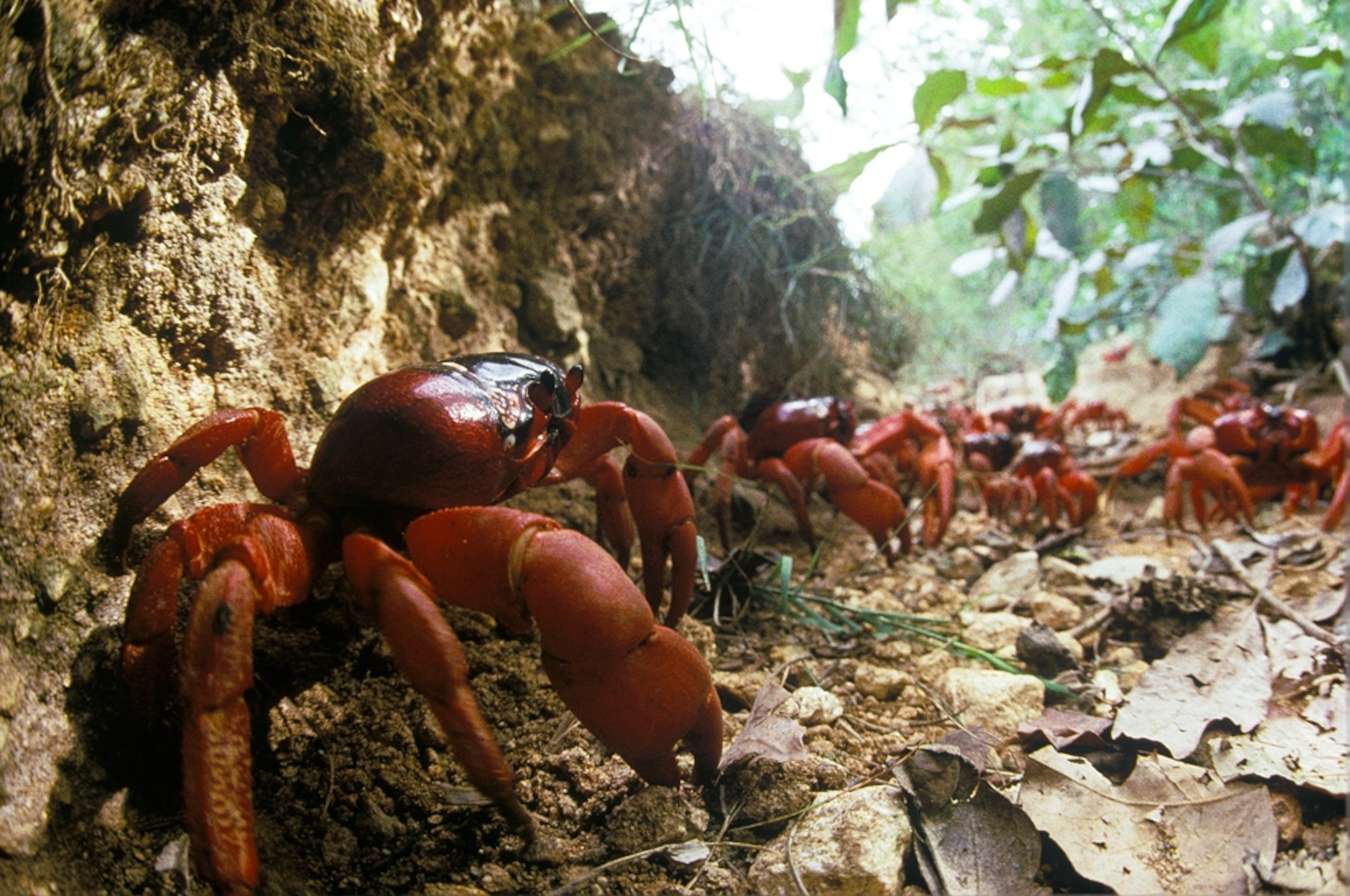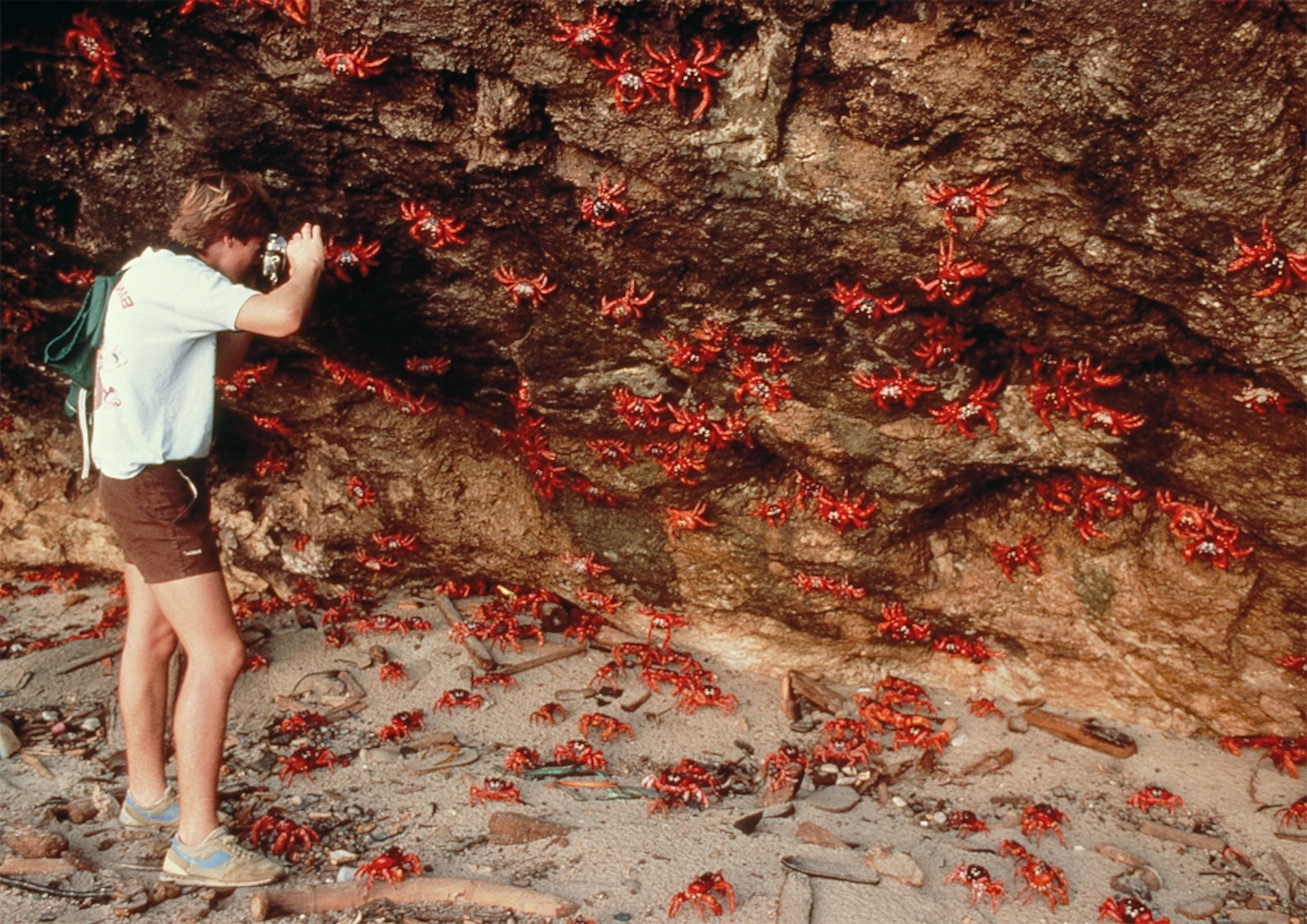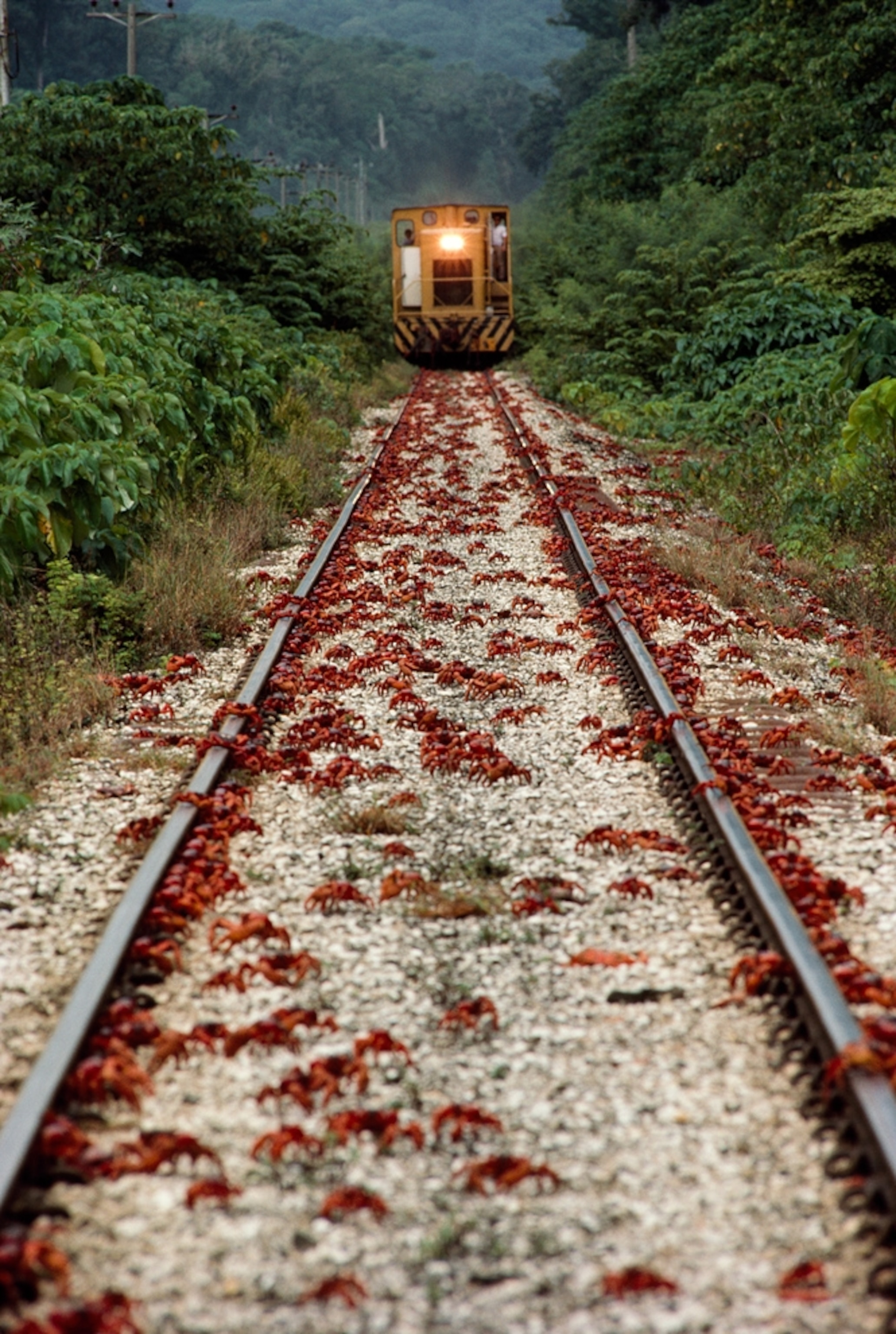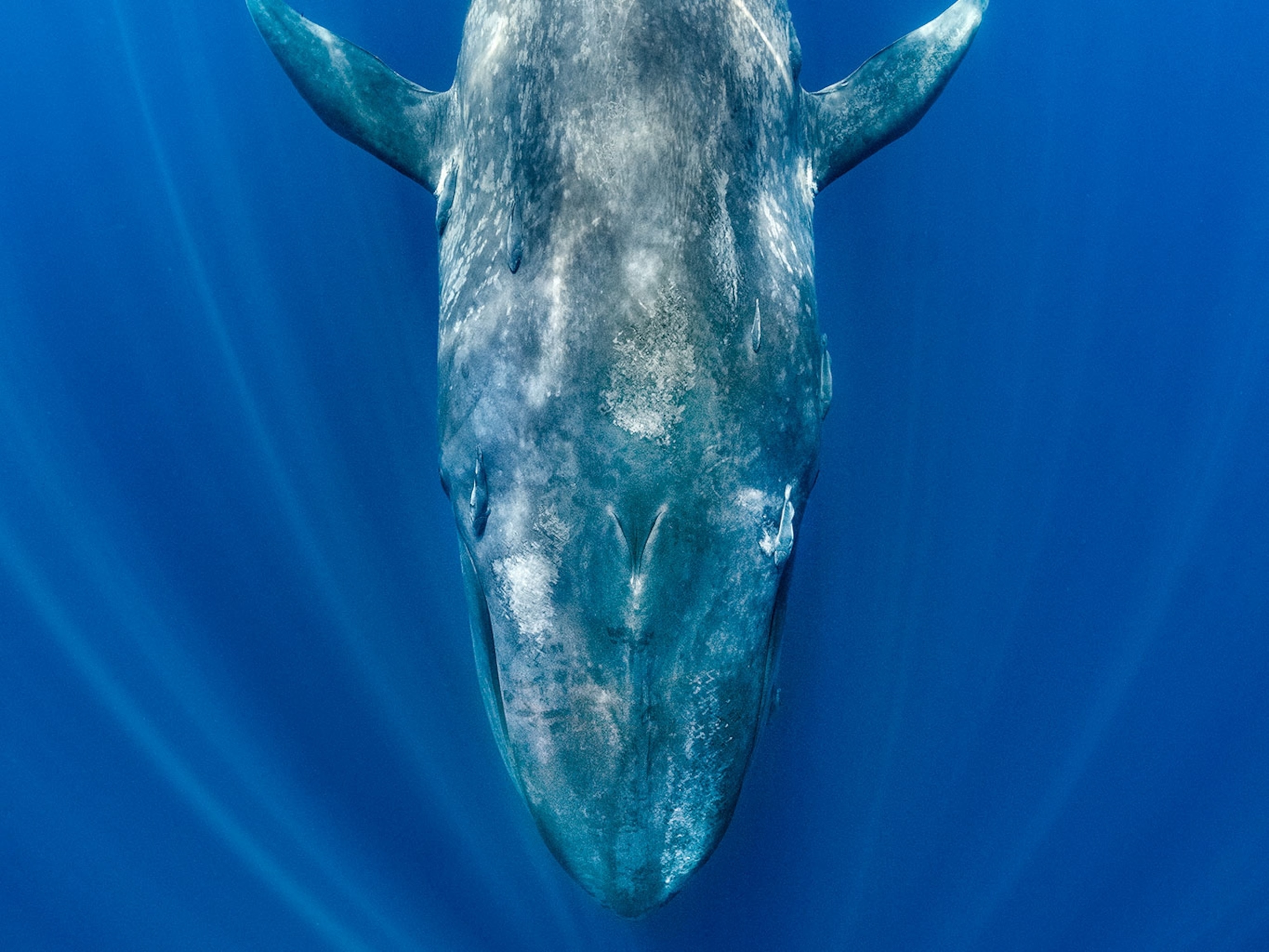1 of 8
Photograph courtesy Mrinalini, Bangor University
Pictures: Crab Swarms Overtake Island—Mystery Solved
A surge in hormones allows millions of migrating Christmas Island red crabs to make their epic annual trek to the ocean, a new study says.
September 3, 2010


